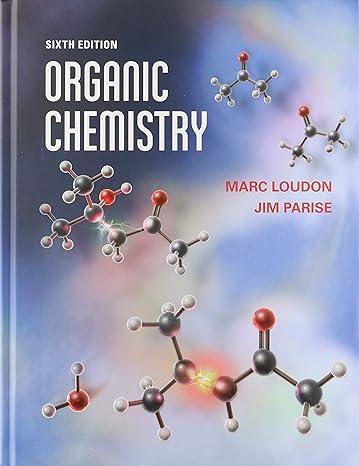Answered step by step
Verified Expert Solution
Question
1 Approved Answer
Question 1 1. Scarcity, opportunity cost, and marginal analysis Andrew is training for a biathlon, a winter racing sport that combines crosscountry skiing and rifle
Question 1





Step by Step Solution
There are 3 Steps involved in it
Step: 1

Get Instant Access with AI-Powered Solutions
See step-by-step solutions with expert insights and AI powered tools for academic success
Step: 2

Step: 3

Ace Your Homework with AI
Get the answers you need in no time with our AI-driven, step-by-step assistance
Get Started






